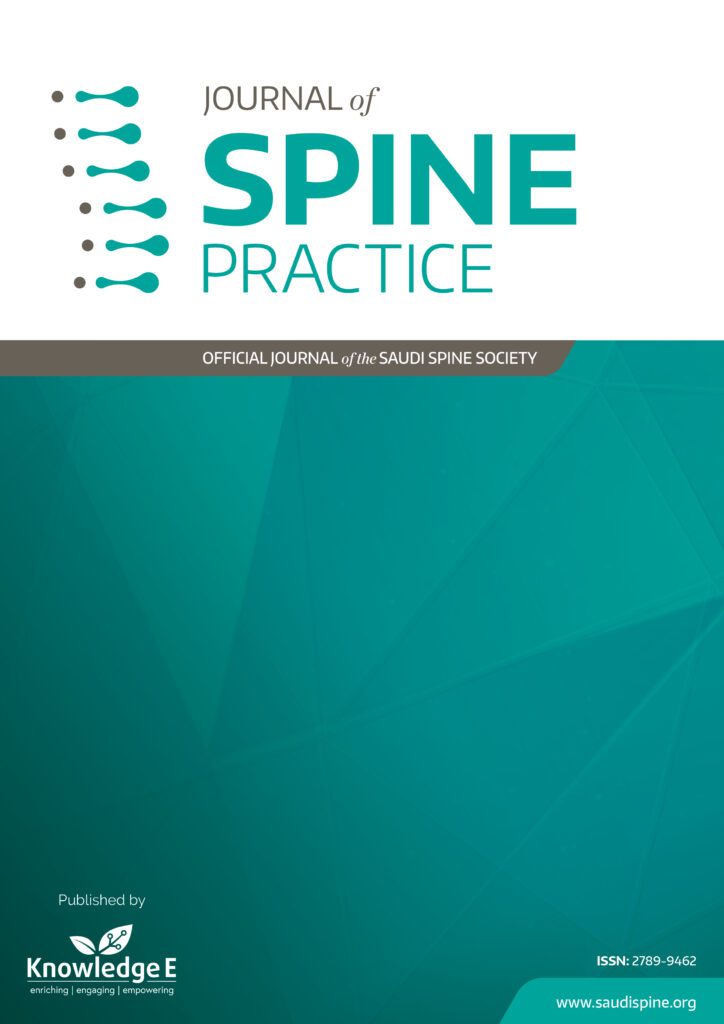
Journal of Spine Practice
ISSN: 2789-9462
Leading research in all spine subspecialties focusing on orthopaedic spine, neurosurgery, radiology, and pain management.
Rare Case of Lumbosacral Conjoint Root Diagnosed as Sequestered Disc by MRI: A Case Report
Published date: Nov 07 2021
Journal Title: Journal of Spine Practice
Issue title: Journal of Spine Practice (JSP): Volume 1, Issue 1
Pages: 41
Authors:
Abstract:
Introduction: Conjoint nerve root is embryological nerve root abnormality mainly affecting lumbosacral region. The atypical roots present primarily as a bifid, conjoined structure originating from a wide area of the dura. The conjoint roots are highly liable to trauma due to their size and attachment to surrounding structures. The effects of compression and entrapment are augmented in the case of having stenosis of the lateral recesses where developmental changes and disc herniations deplete the available reserve space. Conjoined nerve roots are a relatively uncommon finding but are frequently left undiagnosed on preoperative imaging studies. Misinterpretation as sequestered disc can lead to devastating results especially during limited spine approach.
Case Report: A 43-year-old male patient presented with low back pain gradually progressing over the last three years. Pain was radiating to his left leg associated with tingling sensation and a mild weakness in his left foot. Clinical examination revealed normal muscle bulk and tone. Strength was full bilaterally except the mild weakness 3/5 on toe dorsiflexion of the left foot. Deep tendon reflexes were 3+ at the left knee and ankle. Plantar responses were flexor. Sensation was intact, and there was no loss of sphincters control or bladder dysfunction. A standard plain lumbosacral MRI was performed. The patient was admitted for L5/S1 discectomy. Surgical intervention was recommended, during the surgery we recognized the huge conjoint root. Adhesiolysis and discectomy was done carefully without causing any serious neural injury to the conjoint root. Clinical surgical outcome was good. Pain and tingling sensation disappeared only paresthesia over the S1 dermatome. Postoperative course was uneventful, and the patient was discharged after his neurological improvement on day 7, post operation. However, the patient complained of recurrent pain on follow-up visit and continues being followed-up.
Conclusion: The conjoined nerve root anomaly diagnosis is not easy and has several points of significance. If misdiagnosed, it could be incorrectly treated as a case for a herniated disc. Neurosurgeons should consider these anomalies in their differential diagnosis. Cases of conjoined nerve root anomaly may be wrongly managed and result in wrong level of surgery with a poor outcome. Researchers conclude that the correct diagnosis of root anomalies is vital for the patient, any misinterpretation could lead to catastrophic consequences.
References: